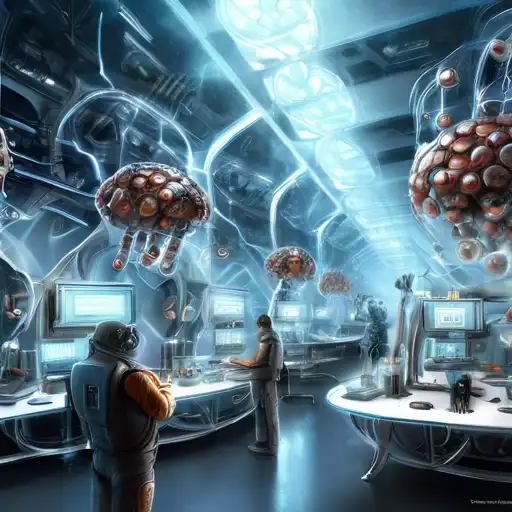Introduction to Nanotechnology
Nanotechnology, the science of the incredibly small, is making a monumental impact across various industries. By manipulating matter at the atomic and molecular level, scientists and engineers are creating materials and devices with remarkable properties and functions. This article explores the vast potential of nanotechnology and its current applications that are shaping our future.
The Science Behind Nanotechnology
At its core, nanotechnology involves the study and application of extremely small things, typically less than 100 nanometers in size. To put this into perspective, a single sheet of paper is about 100,000 nanometers thick. This field merges principles from physics, chemistry, biology, and engineering to innovate at the nanoscale.
Current Applications of Nanotechnology
Nanotechnology is already transforming sectors such as medicine, electronics, energy, and environmental science. Here are some groundbreaking applications:
- Medicine: Targeted drug delivery systems that attack cancer cells without harming healthy tissue.
- Electronics: Faster, smaller, and more efficient electronic components, including quantum dots and nanoscale transistors.
- Energy: Improved solar panels and batteries with higher efficiency and lower costs.
- Environmental: Nanofilters that remove pollutants from water and air at a molecular level.
The Future of Nanotechnology
The potential of nanotechnology is boundless. Researchers are exploring ways to build materials from the bottom up, atom by atom, which could lead to unprecedented advancements in material science, computing, and beyond. The integration of nanotechnology with other emerging technologies like artificial intelligence and biotechnology promises to unlock new possibilities that were once considered science fiction.
Challenges and Ethical Considerations
Despite its promise, nanotechnology faces challenges, including health and safety concerns, environmental impact, and ethical issues related to privacy and security. Addressing these concerns is crucial for the responsible development and deployment of nanotech innovations.
Conclusion
Nanotechnology is a testament to how small-scale innovations can lead to big impacts. As we continue to explore and harness the power of the nanoscale, the potential to solve some of the world's most pressing problems becomes increasingly tangible. The journey of nanotechnology is just beginning, and its full impact is yet to be realized.
